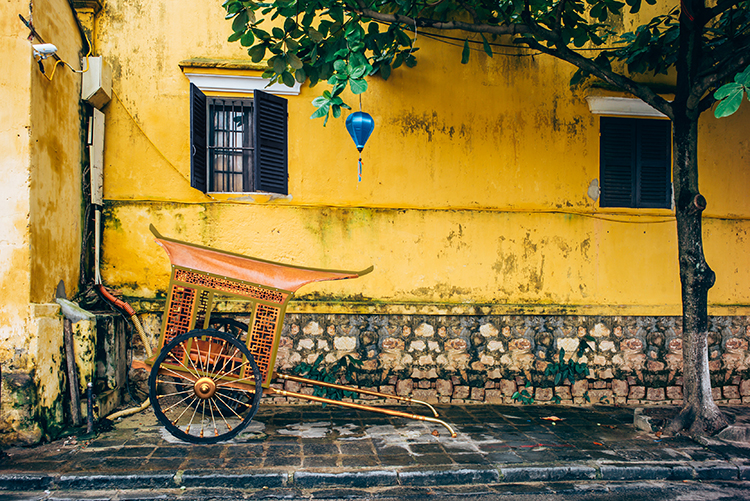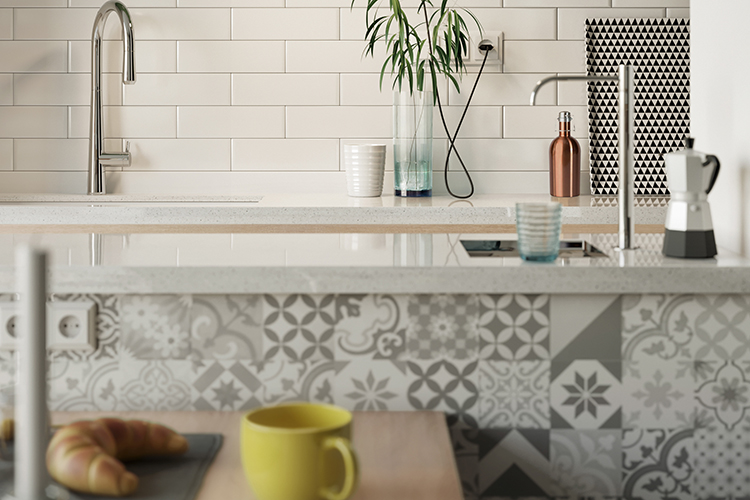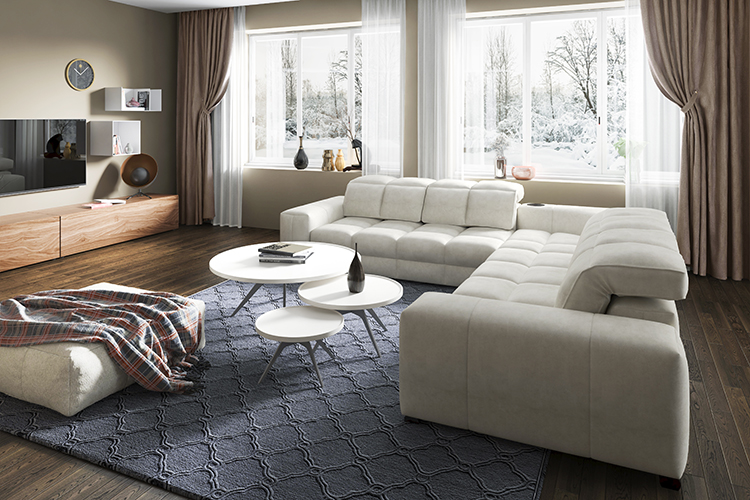Retouching CGI vs. Photography
Image editing and retouching always play an important role for every image. Whether for a computer generated image (CGI) or a traditionally photographed image. But editing and retouching are very different for CGI and photography.
Reality and perfection
To take a perfect, flawless photo is simply impossible. Photographed images always contain a so-called “noise”, such as colour casts or graininess. Which on the one hand contributes to the fact that the images feel real. On the other hand, a major part of retouching photography is to remove unwanted “noise” (e.g. reflections, imperfections, scratches, dust). It is the exact opposite for retouching CGI. CGI images often seem too perfect, which makes them look fake. Adding a certain amount of noise enhances the realistic impression. Since this CGI noise is generated and therefore controlled, additional retouching is required. So that it does not look too uniform and therefore artificial and fake.

Depth of field and motion blur
Controlling the depth of field while taking a photo is technically not difficult. By varying the aperture, the focus of the image changes. Some parts are sharp while others are blurry or appear to be semitransparent. This creates depth in a photo. To create this phenomenon in CGI is significantly more complex. Often, the depth of field is subsequently integrated during retouching. The same applies for motion blur. CGI requires extensive calculations to create the blurry effect of moving objects. And it is easier to integrate motion blur during post-processing, rather than creating it in CGI.

Shadows and highlights
Shadow areas in photography usually have more tonal range and are richer than in CGI. In CGI highlights are much richer and contain more colours and tones than in photography. This difference is particularly evident in print products. And requires different retouching of shadows and highlights in CGI and photography.

Light, reflections and shine
Photography captures real life. The differences how light strikes a matte or glossy surface, interacts with different textures, or how reflections and gloss look, always appear automatically. Even if surfaces appear similar, there are always small deviations. The same applies to the way how light falls and creates shadows. In principle, it is only important that the result looks as desired and the retouching is good.
In CGI, this is different and more difficult. CGI is a calculated simulation, creating reflections, gloss and shadow or the way light strikes and interacts with different surfaces is always perfect. And it always looks exactly the same. In reality, this exactness does not exist. In order to give CGI images a realistic look, therefore, naturally occurring phenomena such as lens flare, light and surface scattering, glint etc., must be generated. And it is often much more cost effective to add these effects during post-production than in CGI rendering.

Adjustment options
CGI offers a much wider range of adjustment options than photography. They all need to be controlled and taken into account. During the creation as well as during retouching. On the other hand, knowing and controlling them offers incredible possibilities. Colour changes and colour consistency, for example, are much faster and easier to realise in CGI than in photographed images.
Creation and variety
Recreating a photo that does not work is complicated and time-consuming. And the output always looks different than before. Changing the setting directly while taking photos is easy. With CGI, changing or adding details is always possible and there are no limits to creativity. The output will always be exactly the same. But the more details are added and the more changes are made in CGI, the more time is required. Because rendering always takes time. To save time and costs, planning ahead for CGI is even more important. However, in both CGI and photography, many changes can be made quickly and easily in post-production.
(Markus Vortkamp, CEO)
Whether CGI or photography. With knowledge, skills and experience we create brilliant, realistic and convincing visions from your images.
Br24 – Your professional partner for image editing and retouching in all areas!
- 2023
- January (1)
- 2022
- December (2)
- November (1)
- October (2)
- September (2)
- August (1)
- July (1)
- June (1)
- May (1)
- April (1)
- March (1)
- February (1)
- January (3)
- 2021
- December (2)
- November (1)
- October (3)
- September (2)
- August (1)
- July (3)
- June (1)
- May (2)
- April (1)
- March (1)
- February (2)
- January (4)
- 2020
- December (2)
- November (3)
- October (4)
- September (1)
- August (2)
- July (1)
- June (2)
- May (3)
- April (3)
- March (3)
- February (4)
- January (4)
- 2019
- December (1)
- November (2)
- October (5)
- September (1)
- August (3)
- July (2)
- June (2)
- May (3)
- April (2)
- March (3)
- February (2)
- January (4)
- 2018
- December (2)
- November (2)
- October (3)
- September (3)
- August (2)
- July (2)
- June (2)
- May (1)
- April (1)
- March (2)
- February (3)
- January (2)
- 2017
- December (2)
- November (2)
- October (1)
- September (1)
- August (1)
- July (1)
- June (1)
- May (1)
- April (1)
- March (1)
- February (1)
